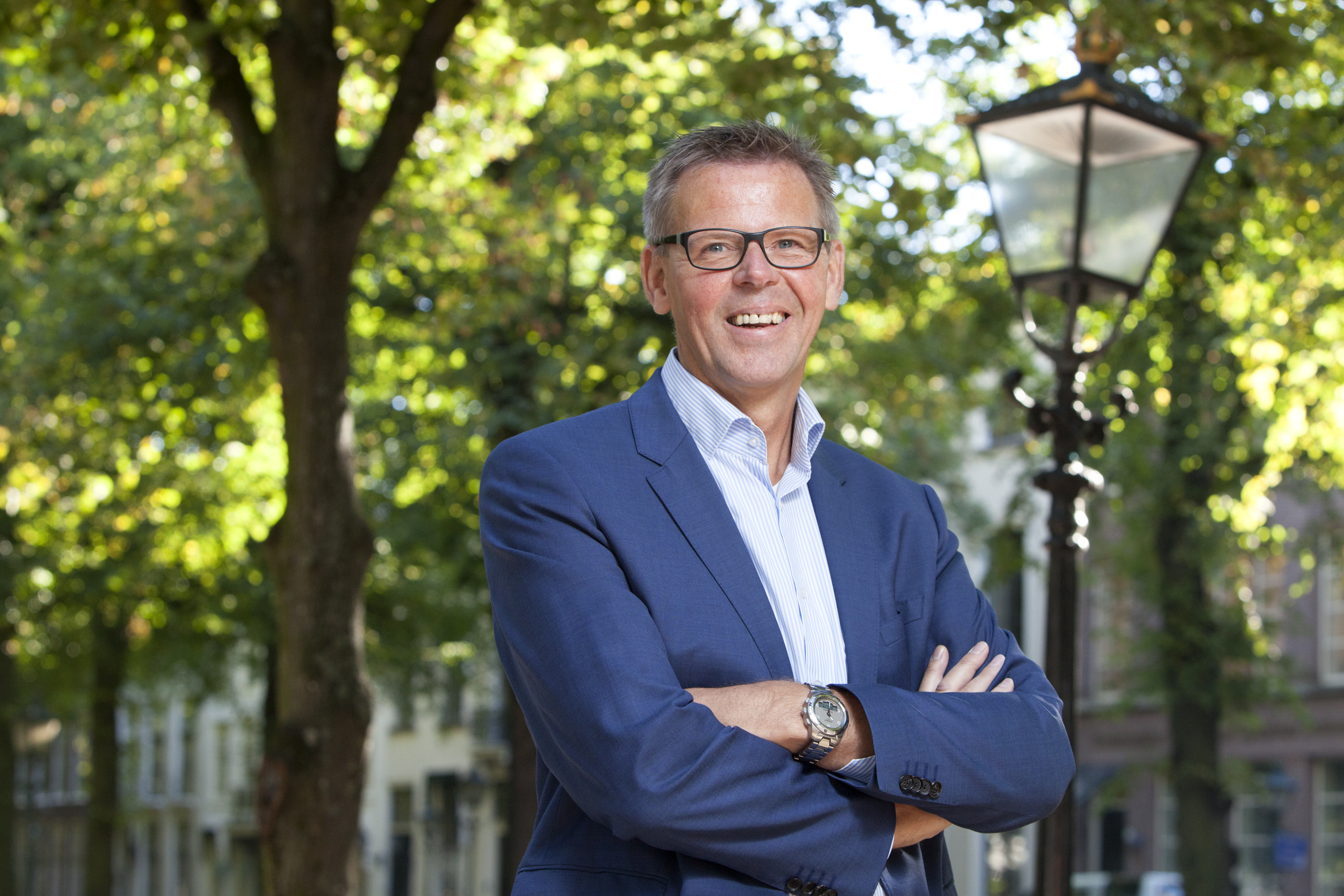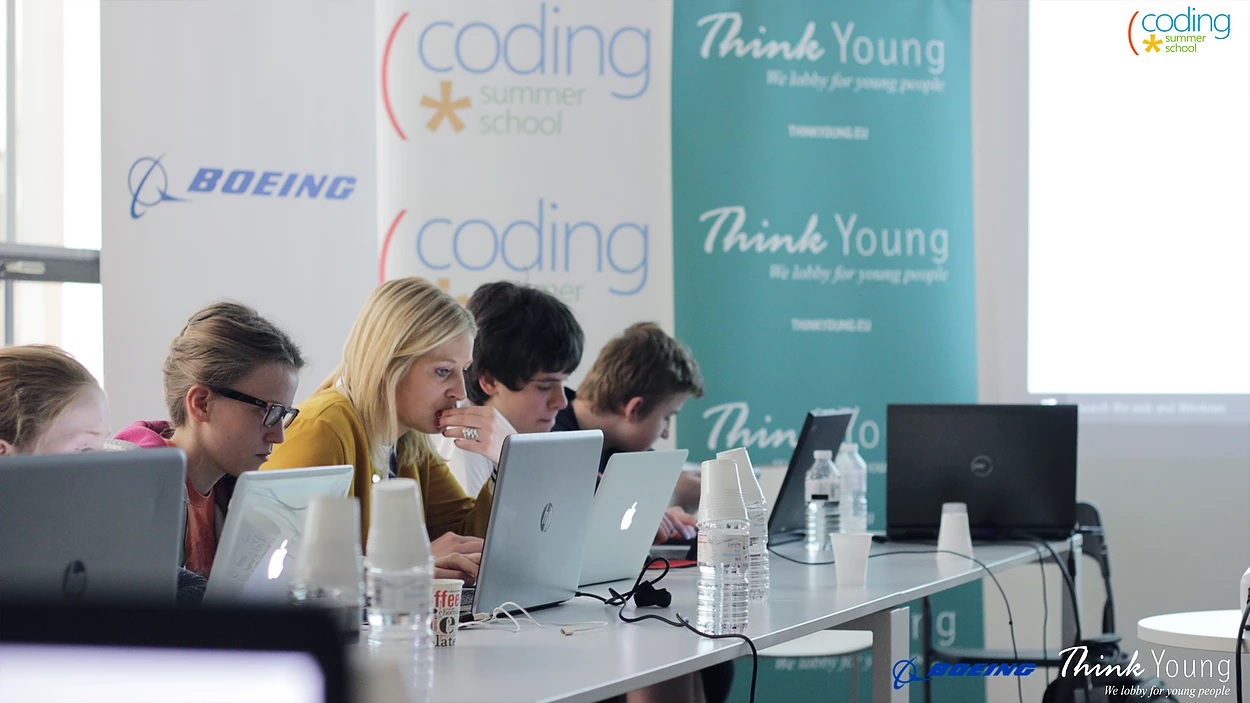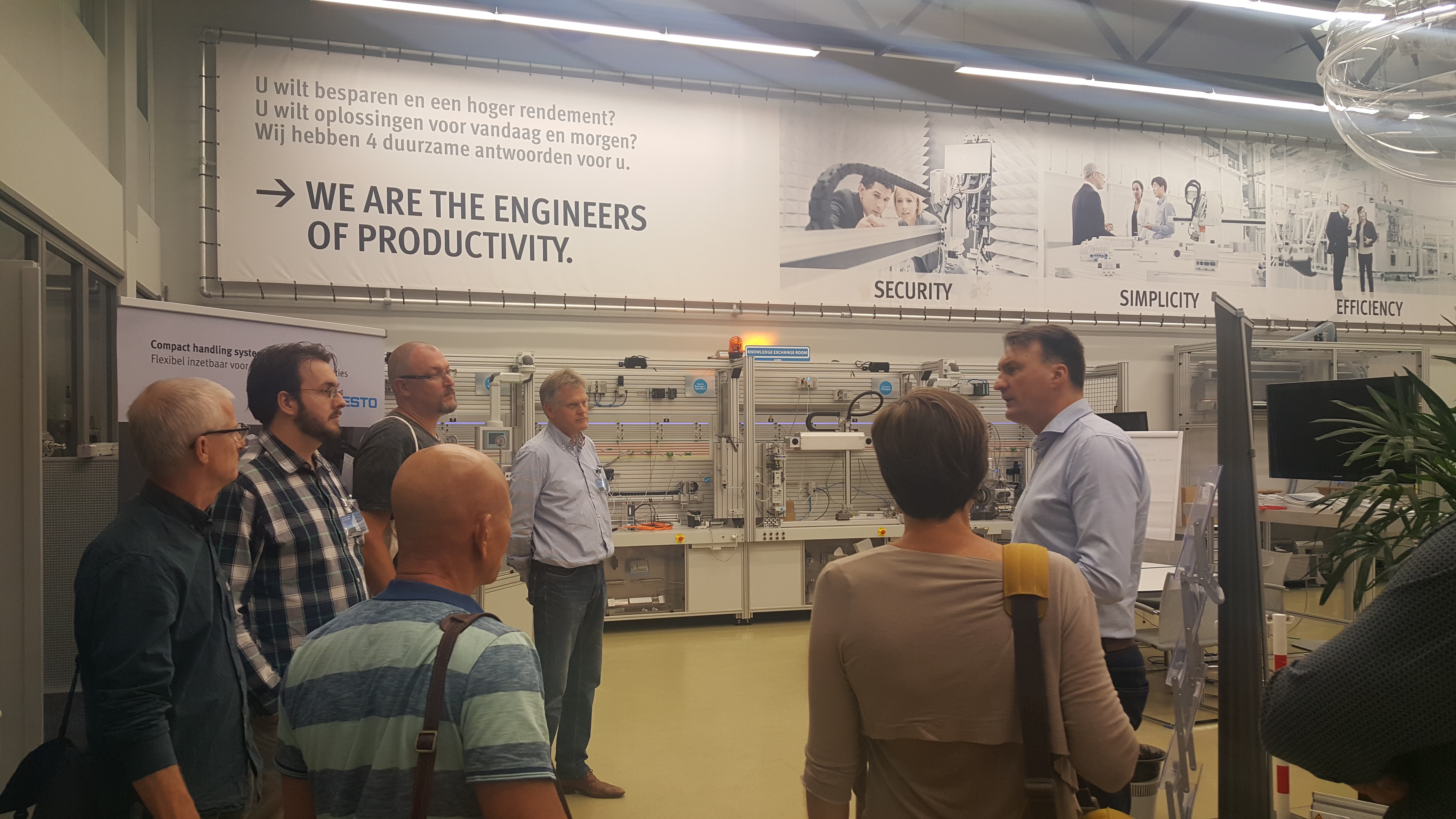Zorgpact (Health Pact)
The healthcare sector is rapidly changing. To ensure the best possible care for everyone, healthcare professionals should adapt to these changes continuously. Zorgpact (Health Pact) is an initiative of the Dutch government that aims to support and strenghten ‘bottom-up’ cooperation in the healthcare field via regional ‘healthcare pacts’.
The healthcare sector is rapidly changing. To ensure the best possible care for everyone, healthcare professionals should adapt to these changes continuously. Zorgpact (Health Pact) is an initiative of the Dutch government that aims to support and strenghten ‘bottom-up’ cooperation in the healthcare field via regional ‘healthcare pacts’. These pacts are action agenda’s for cooperation created by networks of healthcare providers, education institutions and local government.
Building on the successful Techniekpact (Technology Pact) approach, Zorgpact facilitates regional cooperation, monitors regional developments, highlights relevant themes, and boosts best practice sharing between regions. On the national level, Zorgpact supports the regions by mapping legislative barriers, thematic research (e.g. impact of technological developments) and by connecting the initiatives to relevant instruments (e.g. the Dutch regional investment fund for Vocational Education and Training) for the development of new innovative approaches and solutions.

Since its launch, 67 best practices have been identified and unified in a leaders group (Kopgroep). Zorgpact has also mapped (and where possible) removed 40 barriers for cooperation, and supported seven successful project proposals from the healthcare sector, in the Regional Investment Fund for Vocational Education and Training.
Zorgpact was launched in 2015. There are currently 16 Zorgpact-regions.
The Dutch government commissioned the Dutch national STEM platform to implement Zorgpact. Following the successful Technology Pact approach, Zorgpact does not subsidise any initiatives directly, but leverages and coordinates existing funding instruments to increase their impact on the regional level.










